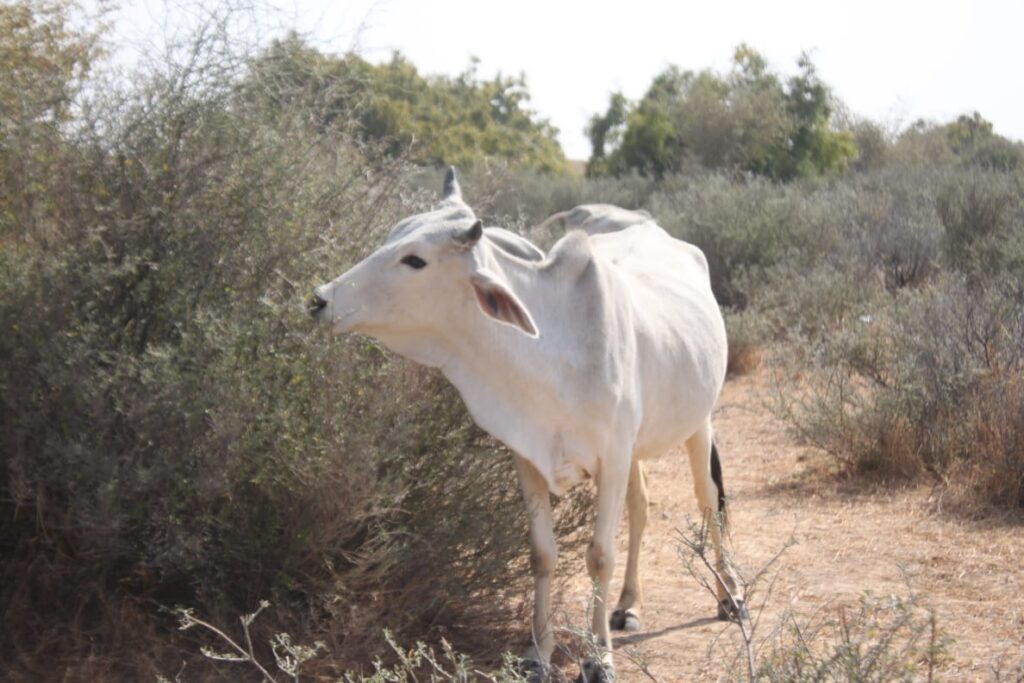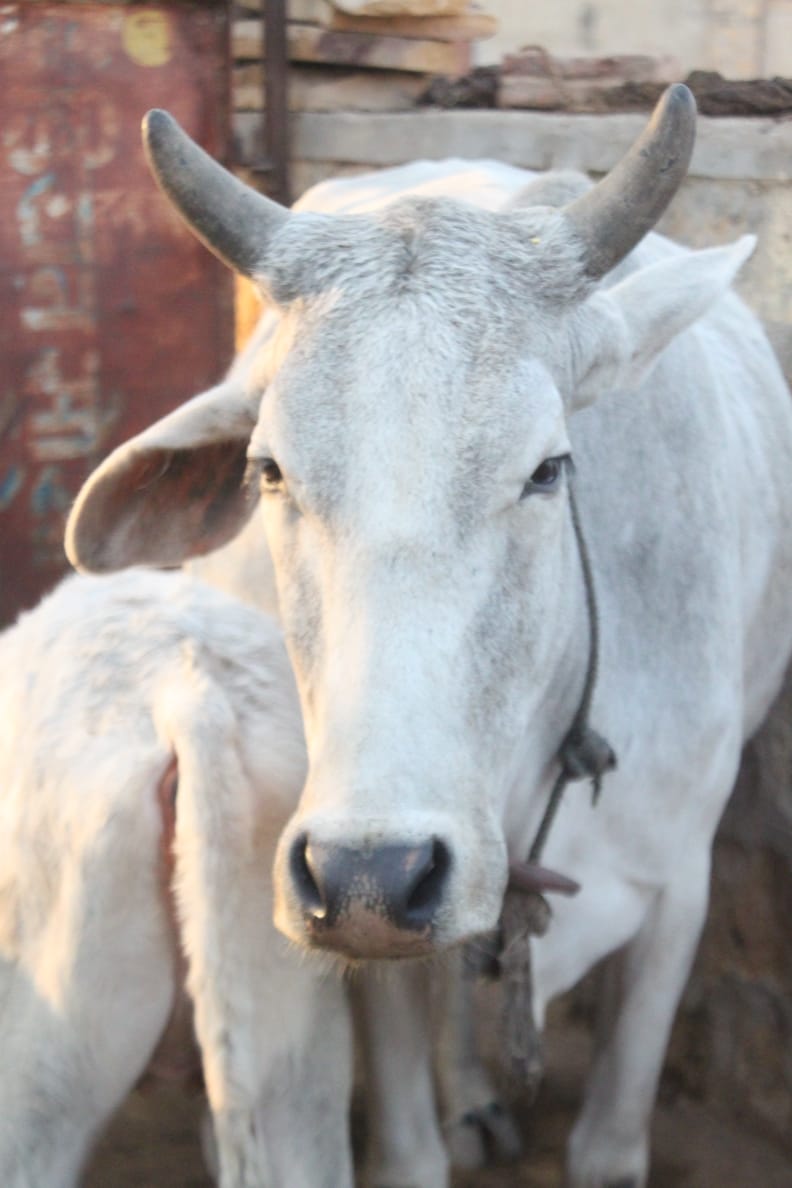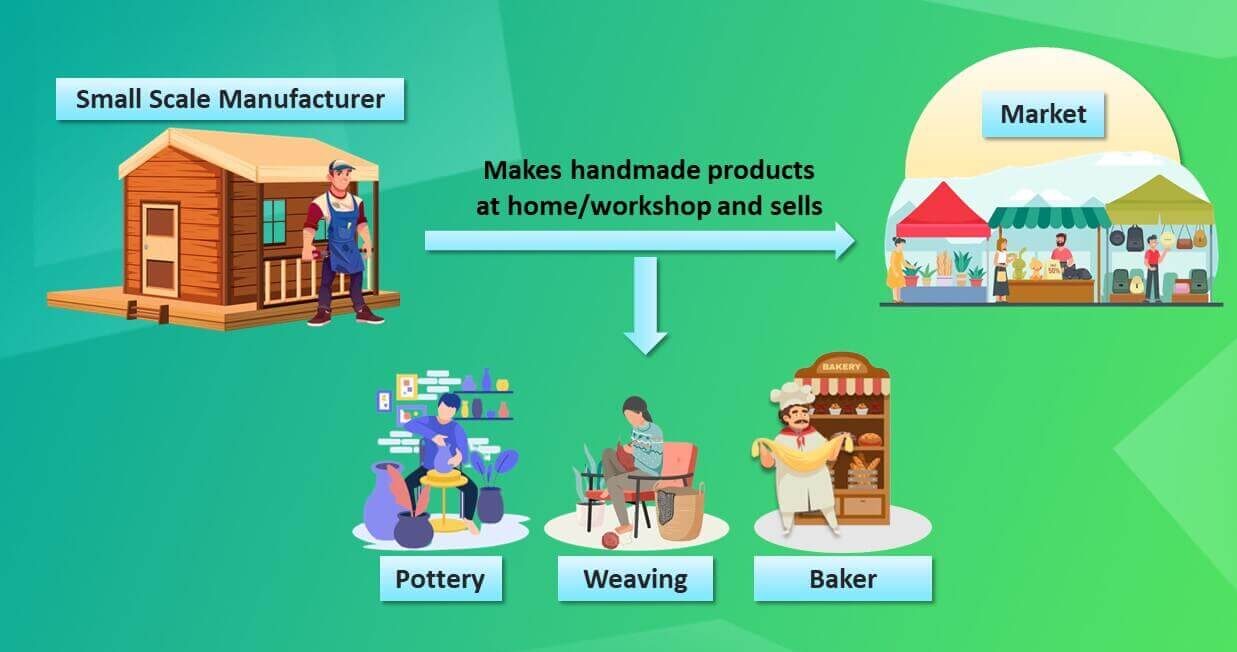Vedic Agriculture :" Holistic approach for Agriculture.
Govedic Agro is dedicated to Vedic Agriculture, a holistic farming practice rooted in harmony with nature and guided by the Bhagavad Gita. Our approach balances body, mind, and soul by producing organic, nutritious food, creating a stress-free farming environment, and performing spiritual practices like “yagyas” to align with divine will. By integrating natural methods—such as agroforestry, cow protection, and organic fertilization—we transform barren land into fertile, productive ecosystems. At Govedic Agro, we believe in fostering sustainability, ensuring food security, and creating a positive, harmonious connection between humans, nature, and the cosmos.

ADOPT A COW PROGRAM- INVESTMENT OF RS. 1,00,000/- (COW BELONGS TO INVESTOR)- ( It is alsothe theme of Company-Cow therapy-A precautionary measure for maintaining health, SPIRITUAL MEDICINE SYSTEM BASED ON MEDICATED GHEE )
In the modern world, the allopathic system of medicine has become highly advanced, but it often focuses on treating symptoms rather than addressing the root causes of diseases. This approach has led to the emergence of new health problems, as the underlying causes are not effectively tackled. Moreover, the extensive use of chemical fertilizers and pesticides in food production, coupled with environmental pollution, has contributed to the rise of various health issues. In Punjab, for instance, the overuse of toxic pesticides over the past 40-50 years has significantly contributed to the high cancer rates, leading to the creation of “Cancer Trains” that transport hundreds of cancer patients to PBM Hospital daily.

In contrast, ancient Indian healing traditions, particularly spiritual therapy rooted in the Atharvaveda, emphasized understanding the root causes of diseases. These causes were linked to human behavior and violations of the natural laws. By following the principles of these ancient healing systems, individuals could maintain good health without relying on extravagant diets or modern medicine. The shift from these holistic practices to symptom-focused treatments in modern medicine has led to the growing health crises witnessed today.
Objective
In ancient India, the Vedic system emphasized the understanding that diseases often had a root cause created by human actions, either knowingly or unknowingly. It was considered a shame for individuals to fall ill, as they were seen as negligent in following natural laws. Society placed great importance on being conscious of one’s daily behavior, which led to a deep awareness of precautionary health measures. Traditional practices included daily guidance from experienced elders, which helped the younger generation avoid diseases. This system was integral to rural life, where families kept cows that grazed on medicinal plants in the forest. The milk and milk-based products, such as ghee, were used to treat early signs of illnesses, benefiting the entire family. However, centuries of foreign rule and modernity have shifted societal values, leading to the acceptance of costly allopathic treatments. Today, there is a resurgence in reviving these ancient practices to counteract the exploitation of developing countries by multinational pharmaceutical companies.

How it work
In modern urban life, maintaining a cow at home is challenging due to space constraints and the costs of feeding and managing them. However, a solution lies in organizing community-based cow maintenance centers in rural areas, catering to the needs of city dwellers. These centers would provide affordable daily milk, ghee, and other dairy products while utilizing all the benefits of the cow, including cow dung and urine. This could foster a shift where at least one cow per family is kept, ensuring nutrient-rich foods for the urban population and protecting future generations from diseases caused by industrialized, Western food systems. Such a practice, if popularized, could encourage millions of city residents to maintain cows, meeting the demand for dairy products and enriching their diets.
However, the growing demand for cows faces a significant challenge: the rapid decline of indigenous cow breeds. Due to industrialization and the focus on cows for beef, India has seen a drastic reduction in cow breeds. At the start of the 20th century, there were over 100 breeds; today, only 33 remain. From a population of over 1 billion cows before 1947, India now has fewer than 200 million, with 80% being non-descript breeds. This decline threatens the sustainability of such initiatives.

Methods of breeding
Here’s a summary of the methods of breeding in 10 points based on the provided information:
Natural Breeding: Involves using a pedigreed bull for breeding purposes, ensuring high-quality offspring
Need for Pedigreed Bulls: Both natural and artificial breeding methods require high-quality, pedigreed bulls to maintain desirable genetic traits in the herd.
Organized Approach for Bull Production: A systematic approach is necessary to produce multiple high-quality bulls through organized investment schemes.
Small Investment Scheme – Company-owned Cow: Investors can adopt a pedigreed cow owned by the company, where the company manages the infrastructure, cow protection, and propagation.
Small Investment Scheme – Investor-owned Cow: Alternatively, investors may adopt a pedigreed cow that they own, participating in breeding while the company provides necessary infrastructure and support.
Vedic & Modern Technology Combination: The breeding process integrates Ayurvedic care (e.g., medicinal baths, plant-based diets) with modern techniques to improve cow health and milk quality.
Climate Control Measures: Proper management of the environment, like moisture-free cow sheds, solar warmth during winters, and cooling systems for summers, supports the breeding process.
Data-Driven Management: The breeding system utilizes technology (e.g., computers, data analysis) to track cow health, breed characteristics, and optimize breeding strategies.
Cow Welfare & Traditional Practices: The breeding methods incorporate humane care, including the Vedic philosophy, protection, propagation, and proper nourishment for the cows to ensure high-quality offspring.
Benefits of adopting a cow program
The investment plan offers several key benefits for participants. For an initial investment of Rs. 100,000 (for one Tharparkar cow), investors will receive 1 liter of ghee or Rs. 2,500 monthly for 10 years. Within 3 years and 4 months, the full investment is recovered. Additionally, each cow produces 20 calves in 10 years, with 10 calves belonging to the investor, valued at Rs. 5,00,000. This results in an additional Rs. 5,000 per month. The cows are maintained under expert supervision, with insurance and proper care provided by the company. The spiritual merit of cow protection adds further value, while agro-tourism and Vedic culture experiences are available for families. Investors also have the option to permanently settle in Vedic villages. The program guarantees high returns, with 40% interest after 5 years, and the company ensures proper animal care without interference from investors.
Unbeatable Organic and Agriculture Services
Services We’re offering
What They’re Talking?
Govedic Agro transformed my barren land into a thriving farm! Their Vedic Agriculture techniques truly work wonders. Highly recommend!

I have never tasted such pure and nutritious vegetables and fruits. Govedic Agro's commitment to organic farming is inspiring!o

Thanks to Govedic Agro, our family enjoys fresh dairy products daily. Their cow protection efforts are commendable and impactful.

Discover Our Vision and Core Values
At Govedic, we envision a future where agriculture thrives in harmony with nature, promoting ecological balance and nourishing food for all. Our aim is to be at the forefront of a sustainable movement, ensuring future generations inherit a flourishing planet filled with resilience and sustainability.




